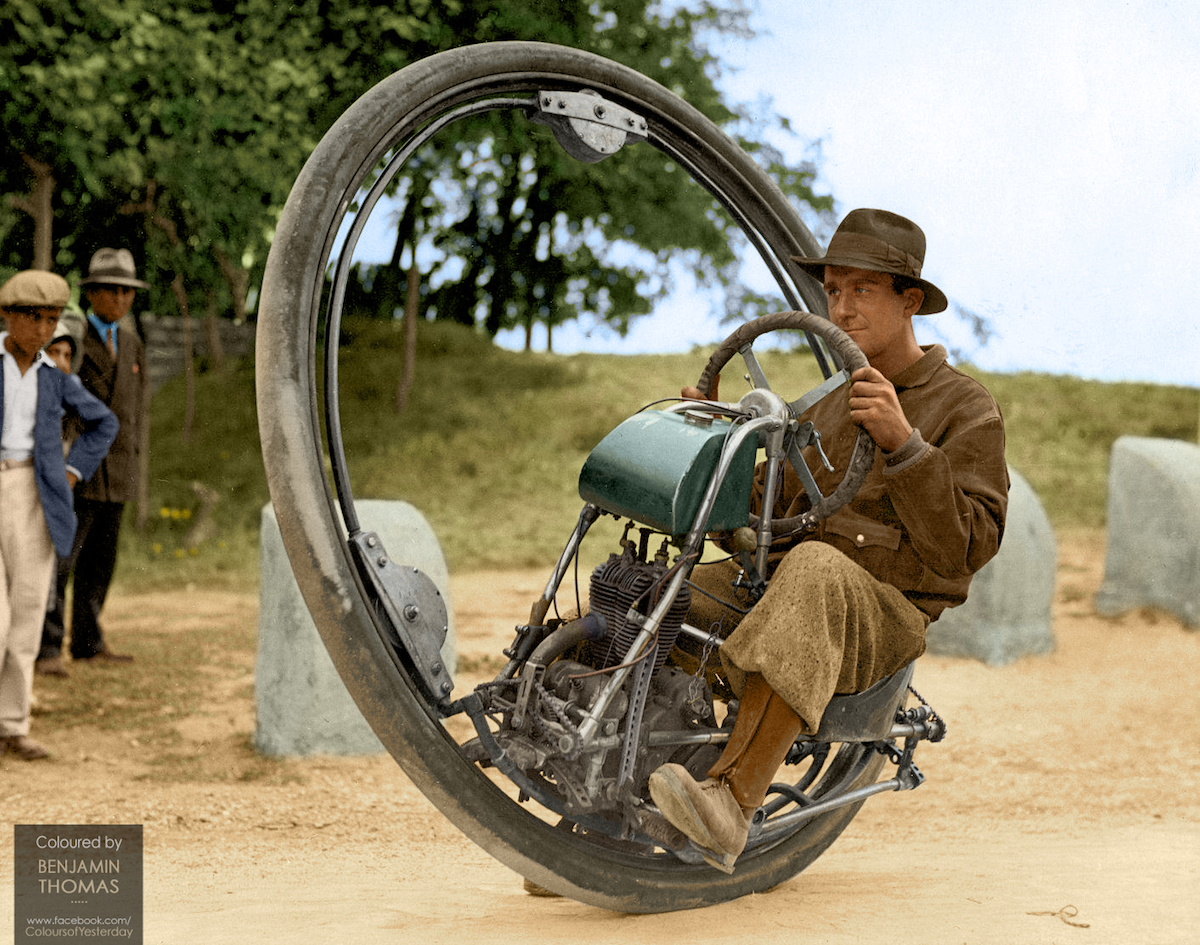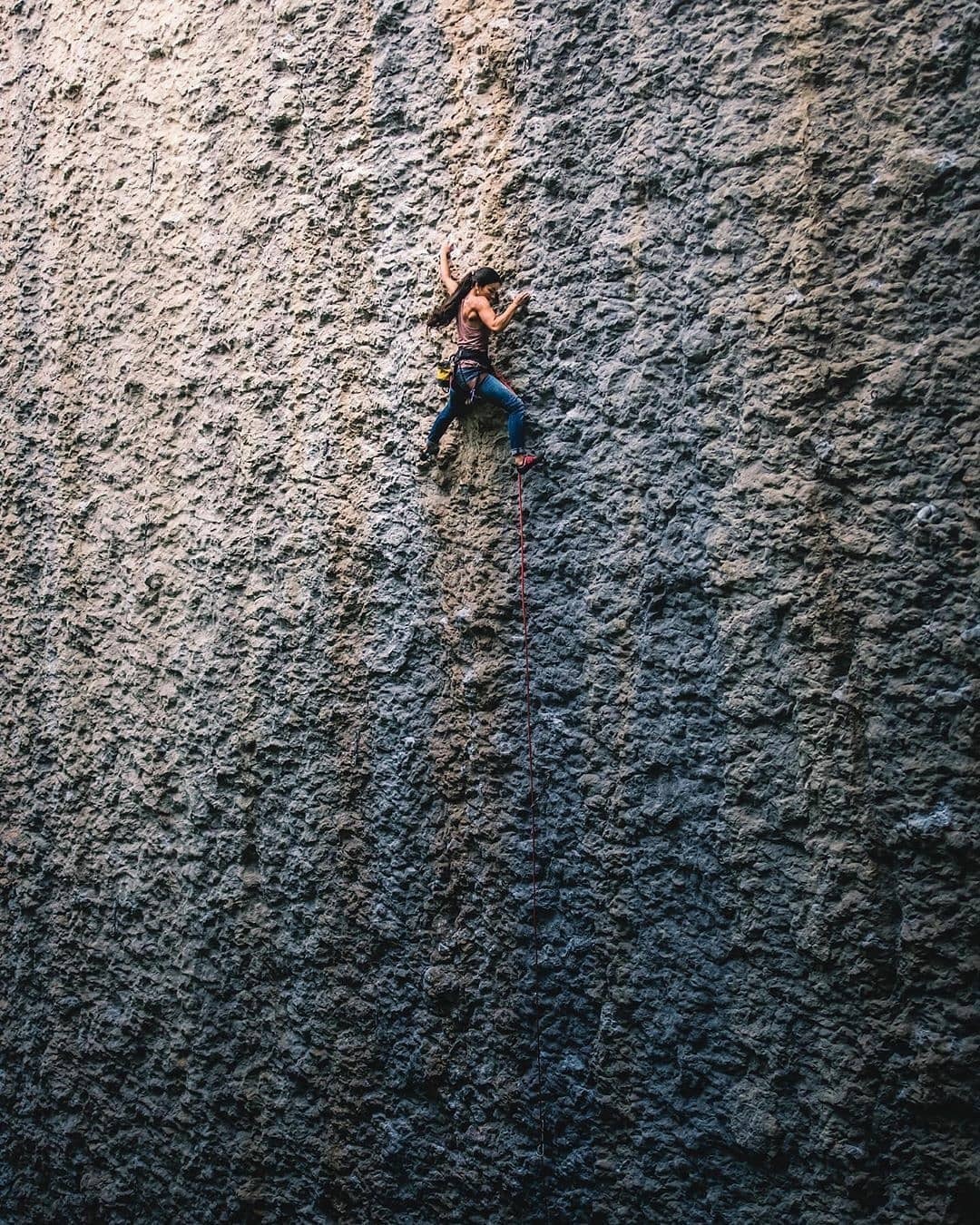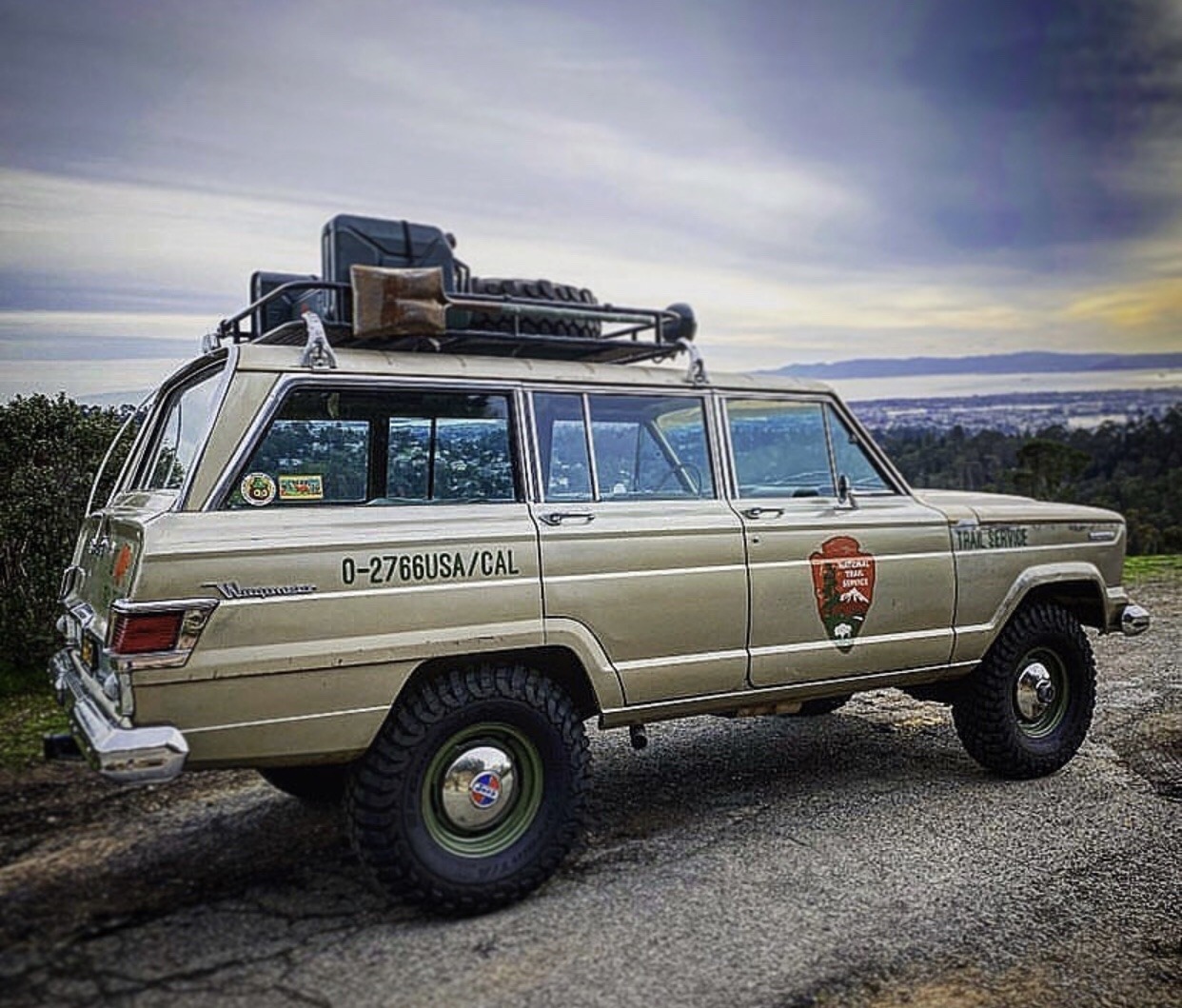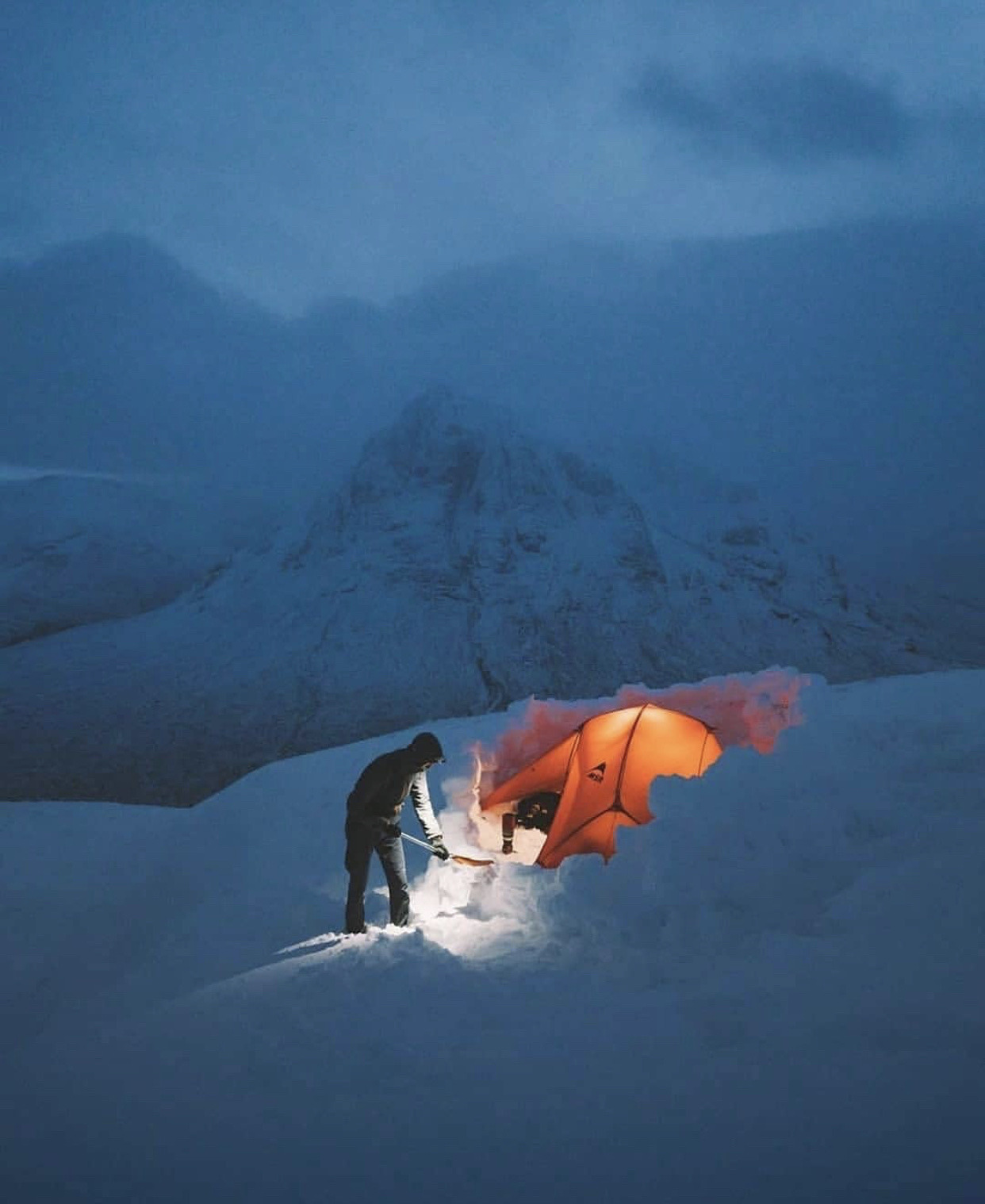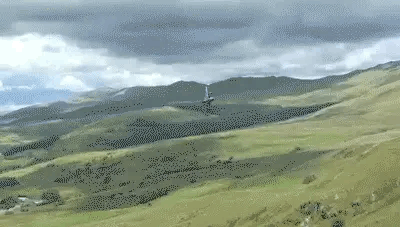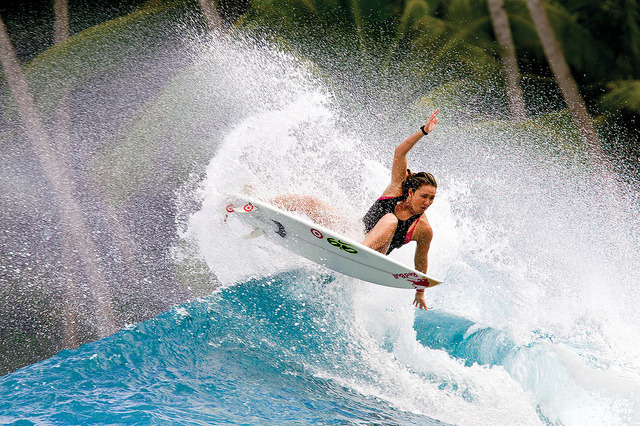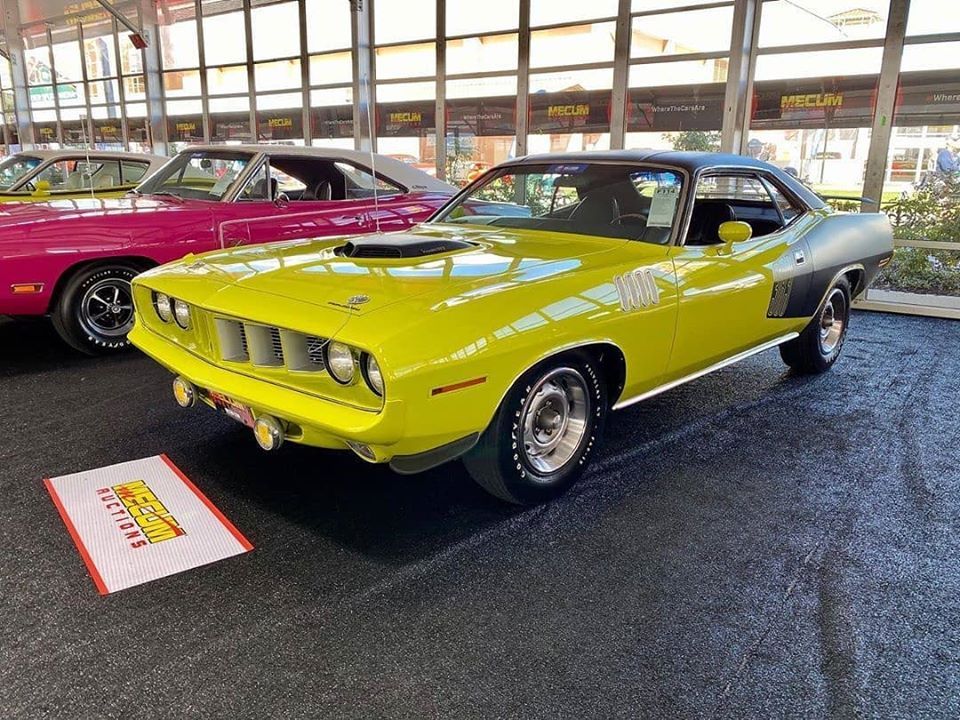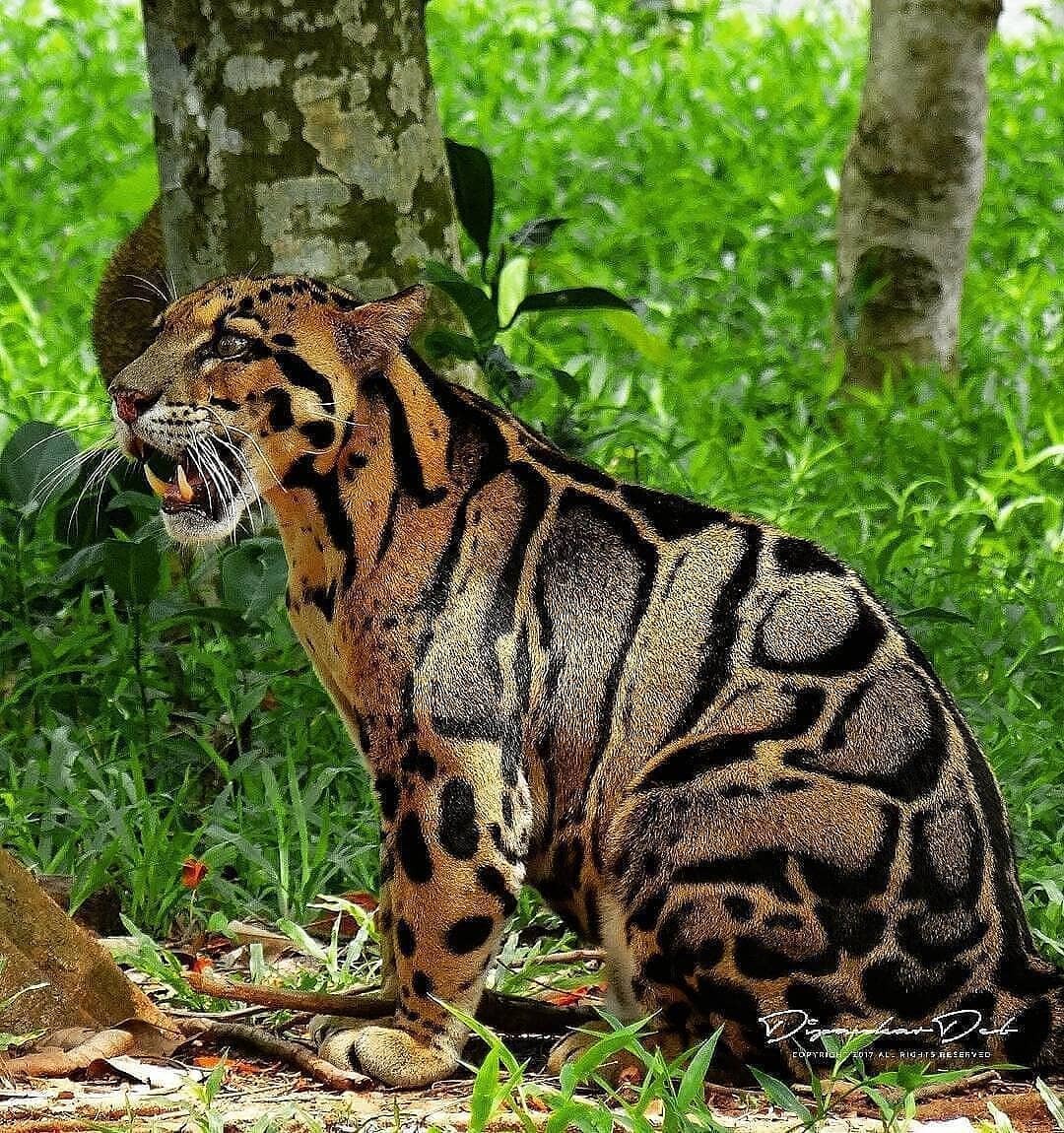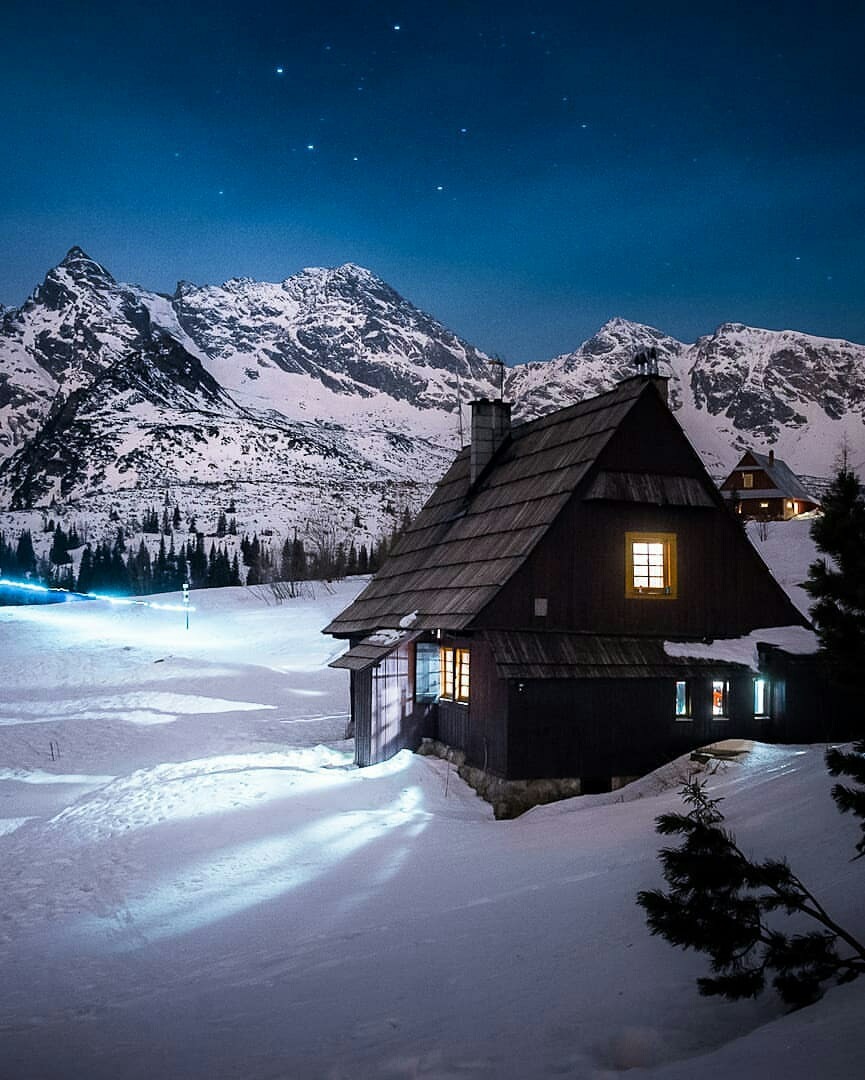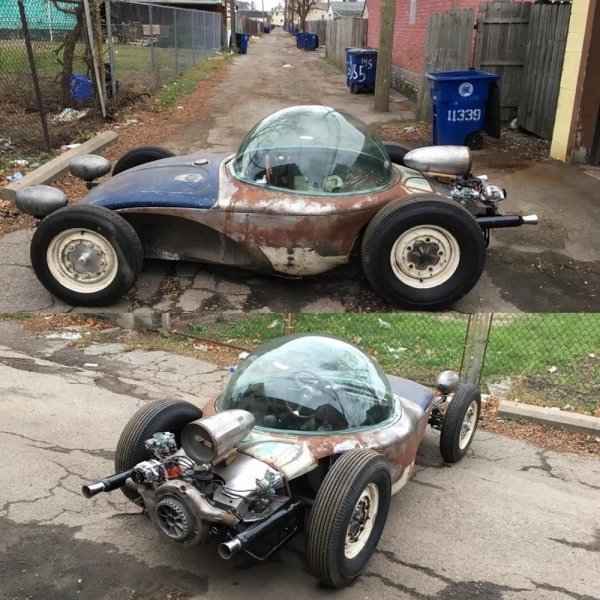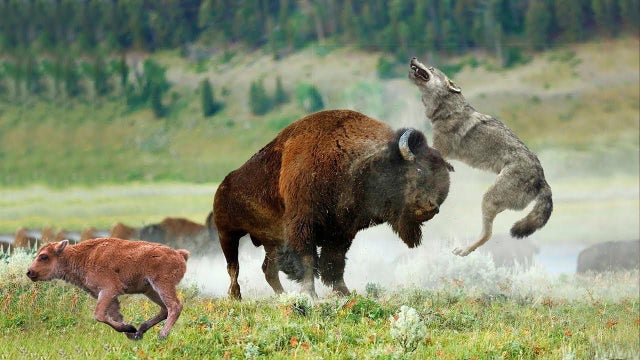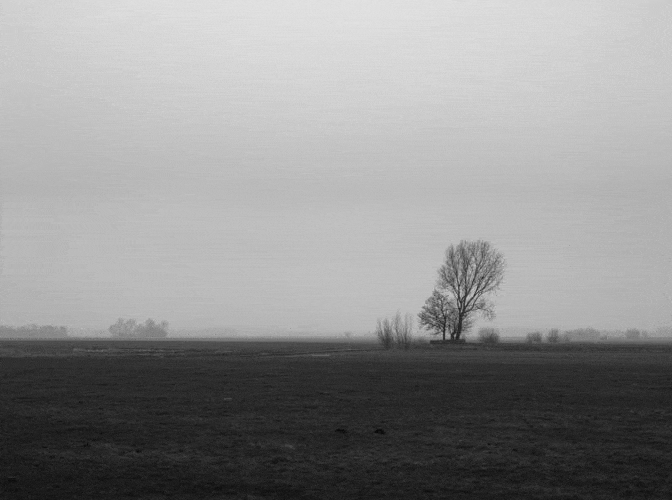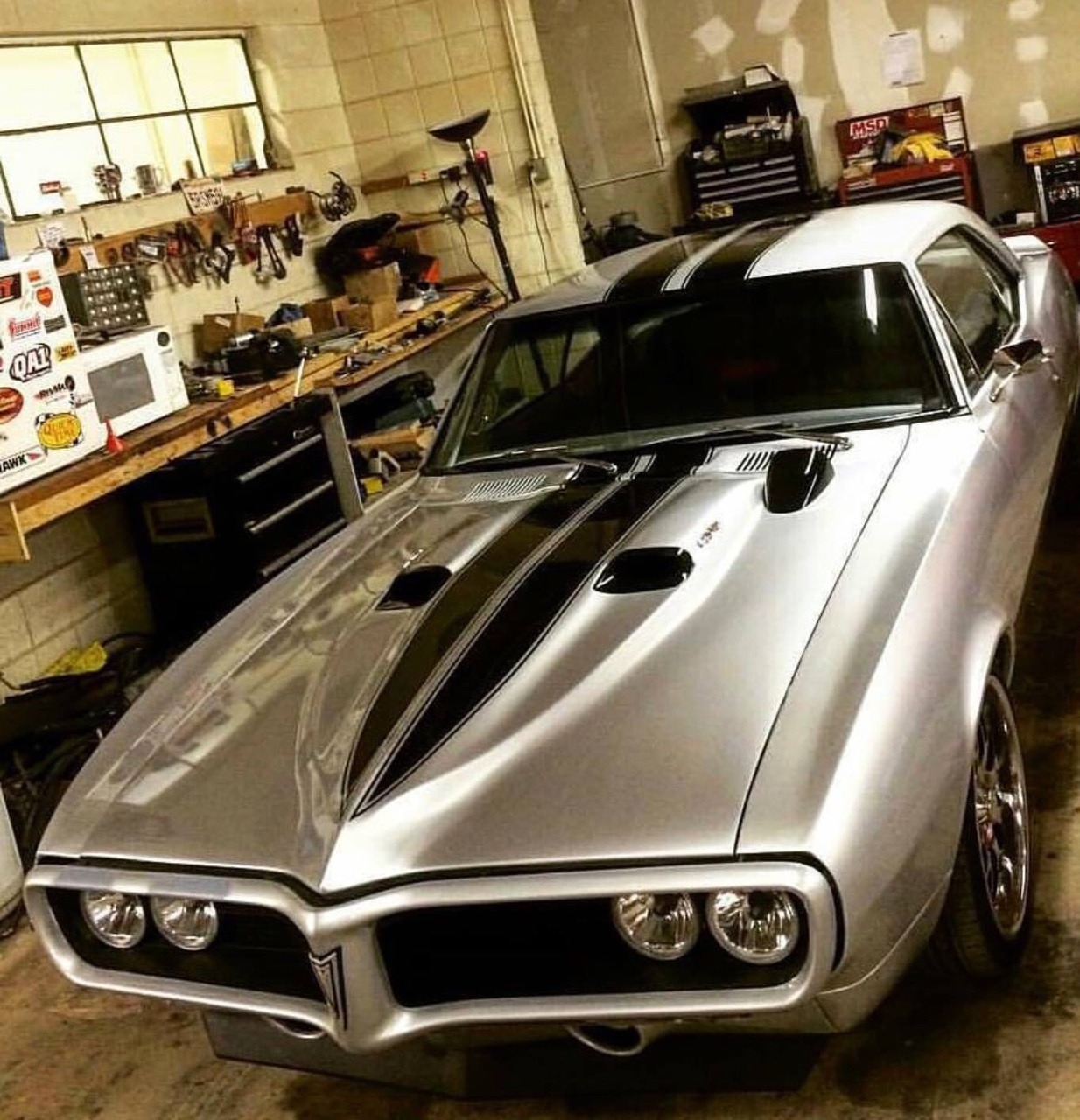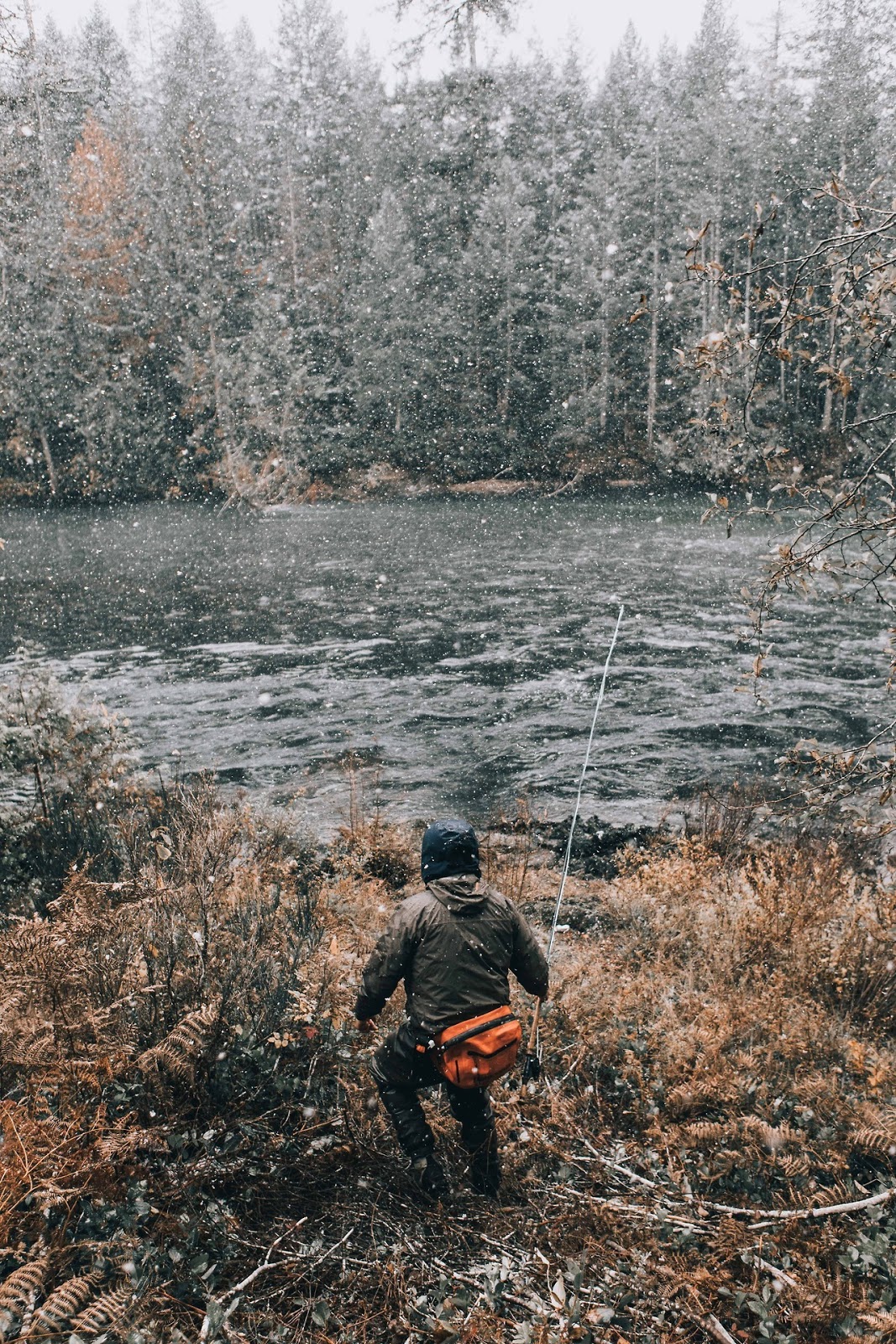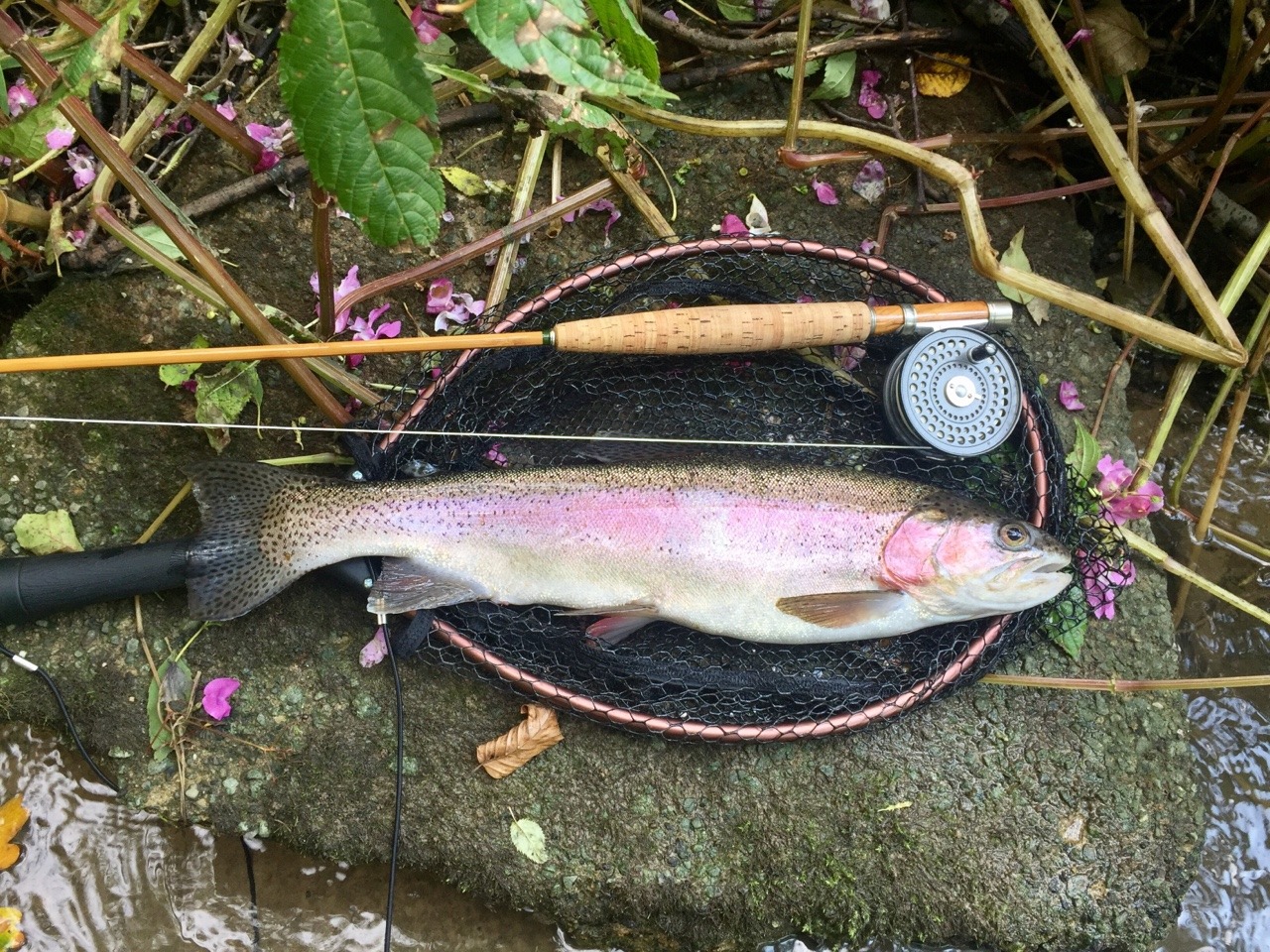Stoney Pass above Silverton following a summer storm

Join the Hide community
Get access to live stream, lessons, the post exchange, and chat with other snipers.
Register
Download Gravity Ballistics
Get help to accurately calculate and scope your sniper rifle using real shooting data.

Install the app
How to install the app on iOS
Follow along with the video below to see how to install our site as a web app on your home screen.
Note: This feature may not be available in some browsers.
You are using an out of date browser. It may not display this or other websites correctly.
You should upgrade or use an alternative browser.
You should upgrade or use an alternative browser.
Maggie’s Funny & awesome pics, vids and memes thread (work safe, no nudity)
- Thread starter Lawless
- Start date
Roger, and thanks.
Radial engines are the most wonderful devices ever invented to convert dollars to decibels. Such a cool sound.
I took this at Cozumel MX in 2011. Most divers, including me, shoot full manual mode with strobes. Without strobes, you won't get much color below 30'. If you use aperture priority your shutter speed will be very slow. If you use shutter priority you will have a wide open aperture with a shallow depth of field. With strobes, full manual mode is best.

Interesting, so the camera you use won’t do any kind of flash metering?I took this at Cozumel MX in 2011. Most divers, including me, shoot full manual mode with strobes. Without strobes, you won't get much color below 30'. If you use aperture priority your shutter speed will be very slow. If you use shutter priority you will have a wide open aperture with a shallow depth of field. With strobes, full manual mode is best.
View attachment 7324955
Are you taking a shot and looking at the histogram to adjust?
So the utter blithering idiots in our town (under the leadership of our head Foundation Saver/Nozzle Buddy) have used all their charity funds to send every resident of town a stupid ghey-assed Covid Mask. (Gee, how about helping out some of our essential first responders with those THOUSANDS of dollars in masks, envelopes, printing and postage... )
My response... been bombarding them with pictures of how we can use our stupid ghey-assed masks.
Watch rug....

Polishing silver beer tankards....

Applying furniture polish...

Alternative to rare and expensive TP

Lens cleaner

Boot polish cloth

Gun polishing cloth...

Cat bib

Finally, I just stuck it on Teetonka and it can stay there for the time being....

Retarded actions require creative responses.
Trying to start a movement here... betting that more than a few folks pick up on the trend!
Sirhr
My response... been bombarding them with pictures of how we can use our stupid ghey-assed masks.
Watch rug....
Polishing silver beer tankards....
Applying furniture polish...
Alternative to rare and expensive TP
Lens cleaner
Boot polish cloth
Gun polishing cloth...
Cat bib
Finally, I just stuck it on Teetonka and it can stay there for the time being....
Retarded actions require creative responses.
Trying to start a movement here... betting that more than a few folks pick up on the trend!
Sirhr
Interesting, so the camera you use won’t do any kind of flash metering?
Are you taking a shot and looking at the histogram to adjust?
My camera/strobe combo does TTL flash metering. My camera's built in flash triggers the strobes through a fibre optic cable. My strobes have a STTL and a STTL low setting. When the strobes are set to STTL or STTL low, my camera emits a pre-flash that is transmitted to the strobes, then reads the strobes pre-flash to adjust the flash duration. The strobes have a + or - compensation setting. The camera has flash compensation too. I could use either, but I normally use the compensation on the strobes. I do review the histogram to see if I need to adjust.
I can also run the strobes in manual setting and adjust flash duration manually. The strobes have a number dial that is set to match the camera aperture setting, then I adjust that setting up or down to fine tune. In this mode there is no pre-flash. The greatest benefit with my kit using manual strobe is longer camera battery life. With manual strobe setting there is no camera pre-flash. The camera flash fires at a much lower strength since it is not controlling strobe duration, which also reduces camera battery drain.
I always shoot underwater in raw. I don't do much photoshop editing. Mostly I'll brighten or darken an image and not much else. If I have my settings right very little image editing is required.
The reason I use my camera in manual mode is to get the depth of field I want, with a fast enough shutter speed to eliminate blur. When you are diving everything is moving. If there is any current (most of the time there is some) you are moving. The critters that you are taking pictures of are moving too. If your shutter speed is not fast enough you will have blurry images. I will mostly shoot between 1/125 and 1/250 shutter speed. My camera won't sync with the strobes any faster than 1/250 shutter speed. The aperture setting controls the foreground lighting, and the shutter speed controls the background lighting. I usually use aperture settings from F8 to F16. Image quality with my camera starts to suffer above F18. I am using an Olympus E-M5 camera with a 14-42 or 60mm macro lens with Inon strobes.
Last edited:
My camera/strobe combo does TTL flash metering. My camera's built in flash triggers the strobes through a fibre optic cable. My strobes have a STTL and a STTL low setting. When the strobes are set to STTL or STTL low, my camera emits a pre-flash that is transmitted to the strobes, then reads the strobes pre-flash to adjust the flash duration. The strobes have a + or - compensation setting. The camera has flash compensation too. I could use either, but I normally use the compensation on the strobes. I do review the histogram to see if I need to adjust.
I can also run the strobes in manual setting and adjust flash duration manually. The strobes have a number dial that is set to match the camera aperture setting, then I adjust that setting up or down to fine tune. In this mode there is no pre-flash. The greatest benefit with my kit using manual strobe is longer camera battery life. With manual strobe setting there is no camera pre-flash. The camera flash fires at a much lower strength since it is not controlling strobe duration, which also reduces camera battery drain.
I always shoot underwater in raw. I don't do much photoshop editing. Mostly I'll brighten or darken an image and not much else. If I have my settings right very little image editing is required.
The reason I use my camera in manual mode is to get the depth of field I want, with a fast enough shutter speed to eliminate blur. When you are diving everything is moving. If there is any current (most of the time there is some) you are moving. The critters that you are taking pictures of are moving too. If your shutter speed is not fast enough you will have blurry images. I will mostly shoot between 1/125 and 1/250 shutter speed. My camera won't sync with the strobes any faster than 1/250 shutter speed. The aperture setting controls the foreground lighting, and the shutter speed controls the background lighting. I usually use aperture settings from F8 to F16. Image quality with my camera starts to suffer above F18. I am using an Olympus E-M5 camera with a 14-42 or 60mm macro lens with Inon strobes.
Yada...yada... y ada..yada.
More funy!
More picters!!
Chop chop nerd!
I see it...do you see it? When I saw it....WOW!
I couldn't believe how lucky I was to catch this image.

I couldn't believe how lucky I was to catch this image.
I see it...do you see it? When I saw it....WOW!
I couldn't believe how lucky I was to catch this image.
View attachment 7325536
I saw this truck n town a couple days ago and for some reason I thought of you

This is MachLoop, the low level training area here in Wales, loads of videos on YouTube, wear headphones for the best sound
Similar threads
- Replies
- 5
- Views
- 715
- Replies
- 5
- Views
- 392
- Replies
- 56
- Views
- 2K


